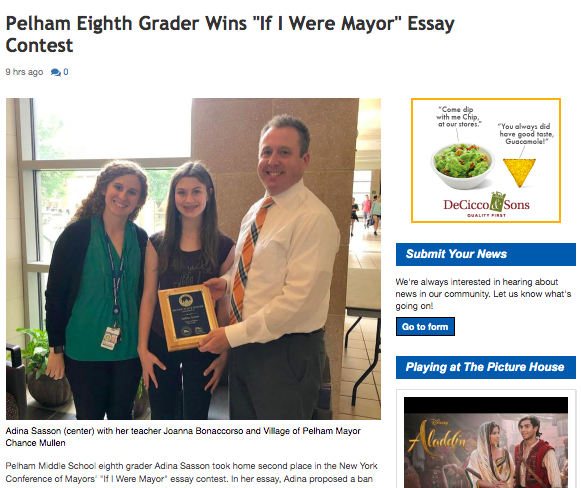David Owen, a renowned long-time author for The New Yorker, has a new article in the magazine, with the provocative headline: “Is Noise Pollution the Next Big Public Health Crisis?”
The piece is not explicitly about leaf blowers but instead about the larger phenomenon of ambient noise, and its effects on human and animal life. Sample:
Ears evolved in an acoustic environment that was nothing like the one we live in today. Daniel Fink—a retired California internist, whose own, milder hyperacusis began in a noisy restaurant on New Year’s Eve, 2007, and who is now an anti-noise activist—told me, “Until the industrial revolution, urban dwellers’ sleep was disturbed mostly by the early calls of roosters from back-yard chicken coops or nearby farms.” The first serious sufferers of occupational hearing loss were probably workers who pounded on metal: blacksmiths, church-bell ringers, the people who built the boilers that powered the steam engines that created the modern world. (Audiologists used to refer to a particular high-frequency hearing-loss pattern as a “boilermaker’s notch.”)
The whole piece is very much worth reading. And, for parallel with the particular focus of the site, consider this parallel argument from The Atlantic:
The biggest worry of today’s public-health community is not, of course, leaf blowers—it’s the opioid disaster, plus addictions of other forms. The next-biggest worry is obesity, plus diabetes and the other ills that flow from it.
But coming up fast on the list is hearing loss. According to a 2017 report from the Centers for Disease Control and Prevention, one-quarter of Americans ages 20 to 69 who reported good to excellent hearing actually had diminished hearing. This is largely caused by rising levels of ambient urban noise—sirens, traffic, construction, leaf blowers—which can lead to a range of disorders, from high blood pressure to depression to heart disease. “When I started out, I’d see people in their 60s with hearing problems,” says Robert Meyers, an ENT specialist at the University of Illinois at Chicago. “Now I’m seeing them in their 40s.”…
Hearing damage is cumulative. When the tiny, sound-sensing hairlike cells, called stereocilia, in the inner ear are damaged—usually by extended exposure to sounds of 85 decibels or above—they are generally gone for good. For the landscapers (and homeowners) who use gas-powered blowers—a foot away from their ears—the most powerful can produce sounds of 100 decibels or more. Meyers told me, “Each time I see these crews, I think to myself: 10 years from now, they’ll be on the path to premature deafness.”






